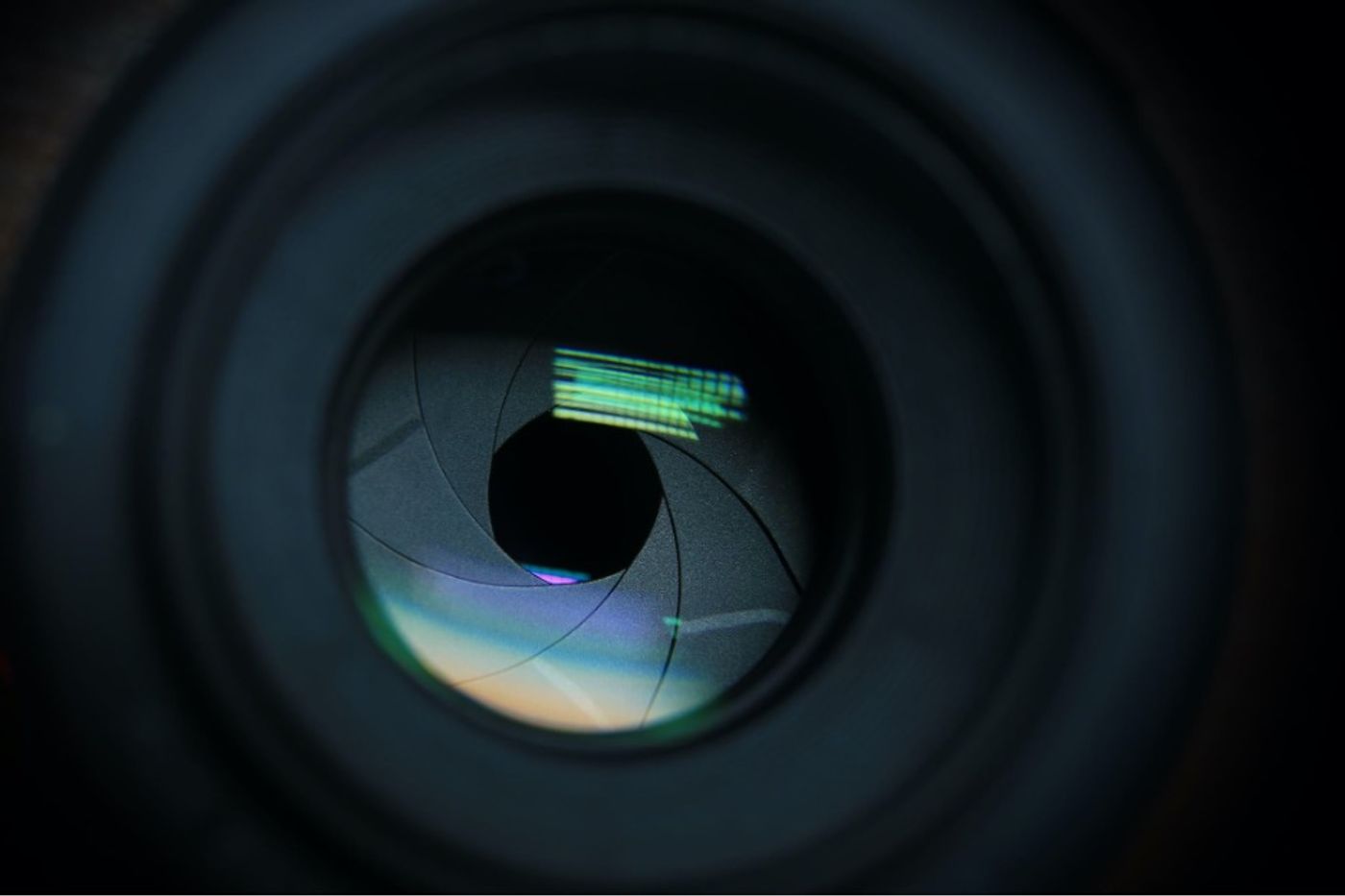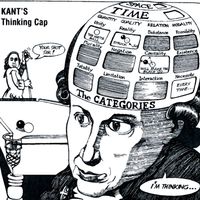Blind Person Sees With Visual Cortex Implant
The Molyneux Problem is one of the most famous in the history of philosophy. In his 1688 letter to philosopher John Locke, William Molyneux posed the following question: Suppose a man, blind from birth, were suddenly made to see. Could he, by his newly acquitted sight alone, distinguish a cube from a sphere?
The question is essentially about the relation between sense data from distinct organs. Sighted people understand the tactile feeling of a cube and a sphere in combination with the visual sensation. Think, for example, about how you might reach into a bag to feel around for your phone. As you do, you’re almost certainly picturing objects as your fingers move across them. On the other hand, a sightless person has no sight experiences, and so no sense data to combine with tactile sensations.
Locke thought the blind man who suddenly gains sight would not be able to distinguish the two objects from sight alone. (We should also add that even seeing two objects occupying space might be a stretch, since the suddenly sighted man would have no visual depth perception.) Since all our ideas originate in sensation, according to Locke, the man would have to develop the visual data store and, importantly, touch the objects while seeing them.
The problem has plagued thinkers since. Given today’s technological advancements, however, researchers are now positioned to provide an answer. A team of scientists from University Miguel Hernández and the Netherlands Institute of Neuroscience produced vision in a 57-year old volunteer, who had been blind for 16 years. The results, published in The Journal of Clinical Investigation, are among the first steps toward creating brain prostheses for the blind.
The volunteer wore special glasses equipped with a small camera to capture visual data. That information was then encoded and sent to an implant in the volunteer’s visual cortex. The implant, a microelectrode array consisting of 96 electrodes, in turn stimulated neurons to produce phosphenes, white light points. These phosphenes generated a simple image.
“These results are very exciting,” said team lead, Eduardo Fernández, “because they demonstrate both safety and efficacy and could help to achieve a long-held dream of many scientists, which is the transfer information from the outside world directly to the visual cortex of blind individuals, thereby restoring a rudimentary form of sight.”
Sources: NeuroscienceNews, The Journal of Clinical Investigation









